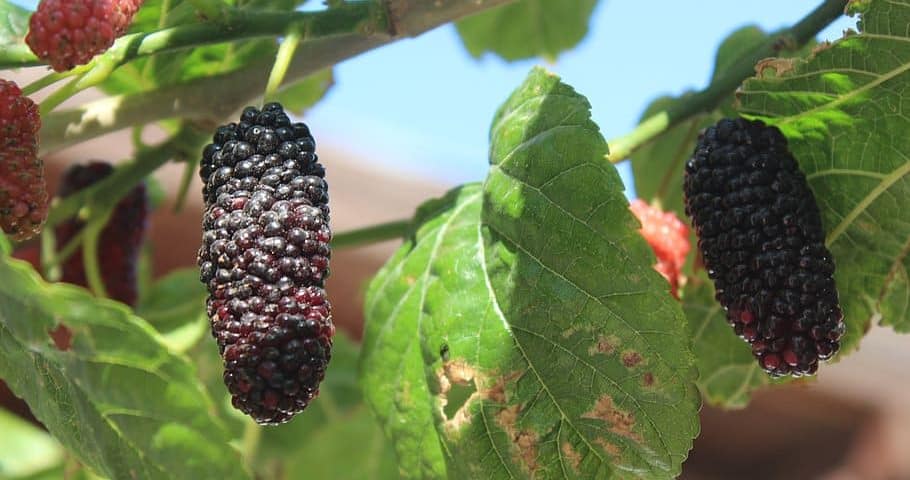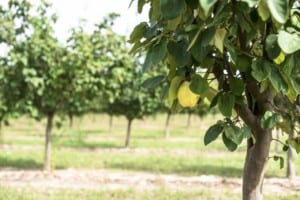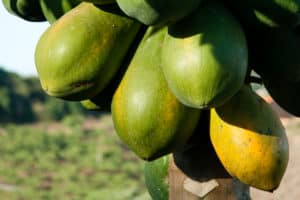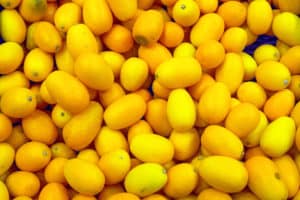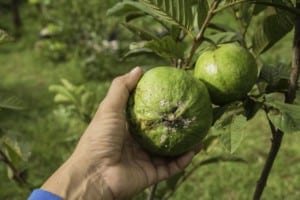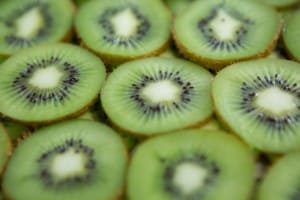If you’ve ever sung the song about the mulberry bush, you’ve been misled. In most instances, it is a mulberry tree, not an actual bush, and it is a popular tree, thanks to its beauty and its delicious fruit. This is why both people and nature love it.
Contents
- 1. Four Seasons Mulberry Trees
- 2. Beautiful Day Mulberry Trees
- 3. Big White Mulberry Trees
- 4. Black Beauty Fruiting Mulberry Bush
- 5. Contorted Mulberry Trees
- 6. David Smith Everbearing Mulberry Trees
- 7. Downing Mulberry Trees
- 8. Florida Giant Mulberry Trees
- 9. Hick’s Everbearing Mulberry Trees
- 10. Illinois Everbearing Mulberry Trees
- 11. Kokuso Mulberry Trees
- 12. Middleton Mulberry Trees
- 13. Northrop Mulberry Trees
- 14. Oscar’s Mulberry Trees
- 15. Pakistan Mulberry Trees
- 16. Persian Mulberry Trees
- 17. River View Russian Mulberry Trees
- 18. Riviera Mulberry Trees
- 19. Rupp’s Romanian Mulberry Trees
- 20. Russian Mulberry Trees
- 21. Shangri La Mulberry Trees
- 22. Stubbs Mulberry Trees
- 23. Sweet Lavender Mulberry Trees
- 24. Tehama (Giant White) Mulberry Trees
- 25. Weeping Mulberry Trees
- 26. World’s Best Mulberry Trees
In the United States, there are three types of mulberry trees. This includes the red mulberry, the white mulberry, and the Texas mulberry. Only the red and Texas mulberries are native to the country; the white mulberry tree was imported from China.
The red mulberry is also the tallest of all three of the mulberry types as it can grow to roughly 50 feet in height. The white mulberry gets to around 40 feet and the Texas mulberry grows from six to roughly 25 feet high. Red and white mulberries prefer wet soil while Texas mulberries prefer it well drained.
All three of these mulberry trees are larger in width than they are in height and have trunks that are relatively short. They have brown bark and glossy green leaves, and there are usually three different types of leaves per tree.
The fruit of all three trees is juicy and much loved by birds. Red and Texas mulberry trees have reddish-black or purple-colored fruit while the fruit of the white mulberry is usually a pale whitish-green color. If you’d like to know more about growing your own mulberry tree, read on.
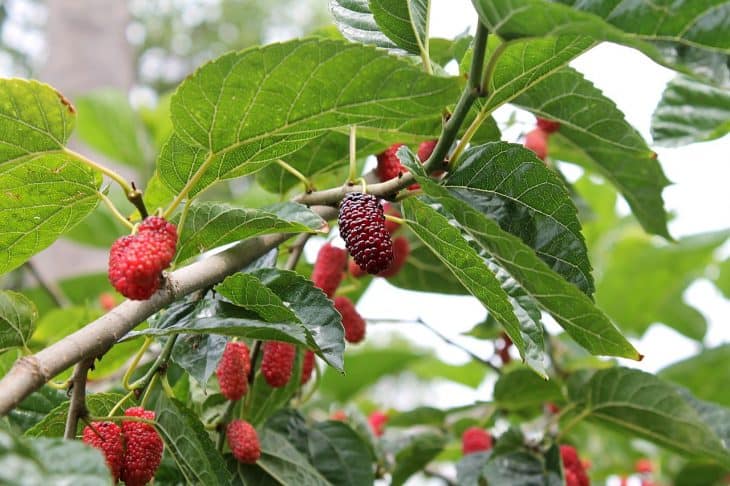
1. Four Seasons Mulberry Trees
Founded in northern Taiwan in the late 1950s, this tree can grow up to 15 feet in height and has 1.5-inch fruit that is black in color. Although it produces tons of fruit, the fruit itself has only medium sweetness, which doesn’t stop it from being very popular in Taiwan.
2. Beautiful Day Mulberry Trees
Beautiful Day mulberry trees are best when grown in zones 5-9, and their fruit is small, white, and very sweet. Although the tree is quite large, the fruit itself is only about one inch in size even though it is very tasty indeed.
3. Big White Mulberry Trees
Best when grown in zones 6-9, Big White mulberry trees are cold-hardy down to -10ᵒ Fahrenheit and produce lots of large, sweet fruit that is white in color and perfect for eating fresh and for drying. If you have a cherry tree, you can lure the birds away from it because they prefer mulberry trees instead.
Big White mulberry trees also produce a lot of these fruits so both birds and humans can enjoy all of them that they want for many months at a time.
4. Black Beauty Fruiting Mulberry Bush
Okay, this one is a bush and not a tree. It produces fruit that resembles blackberries that are quite large and juicy. It is a self-fertilizing variety and the fruit ripens in early summer. It is also a semi-dwarf bush that never gets past 12 feet in height.
To produce this fruit, the tree needs roughly 200 hours of chilled temperatures below 45ᵒ Fahrenheit. It is hardy as long as you grow it in zones 7 and below.
5. Contorted Mulberry Trees
These trees only get to roughly eight feet high and they have small, black fruit and twisted branches that make them very rare and unique. They are best when grown in zones 4 and below and if you want an attractive tree, this is it, especially once the leaves fall off.
Contorted mulberry trees are usually sold in one-gallon containers and have fruit that is very juicy and tasty for both humans and birds. As with other mulberry types, these make a great addition to anyone’s garden.
6. David Smith Everbearing Mulberry Trees
One of the things that makes this mulberry tree so unique is that it produces heavy amounts of fruit to enjoy. The medium-sized black fruit is juicy and plentiful. It does best when grown in zones 4-9. The cultivar comes from a specific nursery located in Oxnard, New York.
7. Downing Mulberry Trees

Downing mulberry trees are an old variety that dates back to the 1800s. The tree grows large but the fruit is small, being only one inch in size. The fruit is also red or black in color and very high in quality. It grows steadily over an extended season. The Downing mulberry trees do best in zones 5-9.
8. Florida Giant Mulberry Trees
With large 10-inch leaves and fruit that is black and approximately 1.5 inches in size, this tree does best when grown in zones 6-10 and the tree itself is quite large. It is a fast grower but has fruit that ripens later than other albas.
9. Hick’s Everbearing Mulberry Trees
The suggested growing zones for the Hick’s Everbearing mulberry tree are 5-9 and it is a medium-sized tree that is one of the older varieties of mulberries. The tree bears lots of fruit over a three- to four-month period. The fruit itself is reddish-black in color and 1.25 inches in size.
10. Illinois Everbearing Mulberry Trees
Best when grown in zones 4-9, the Illinois Everbearing mulberry tree is considered one of the most cold-hardy varieties because it can handle temperatures down to -20ᵒ Fahrenheit. This is a semi-dwarf tree with fruit that ripens over a long period of time.
The fruit itself is black in color and long in shape, not to mention very sweet, making this one of the most popular mulberry types in existence today.
11. Kokuso Mulberry Trees
Because it is so cold-hardy, the Kokuso mulberry tree has been grown in places as far north as Minnesota and it is recommended for people living in zones 5-9. One of its unique characteristics is its fruit, which is unusually large at two inches long and half an inch in width.
The fruit is sweet and delicious. Not only does it ripen early in the season but it also ripens in abundance for everyone to enjoy. The tree originated in Korea.
12. Middleton Mulberry Trees
Best when grown in zones 5-9, this type of mulberry tree grows large and produces great-quality fruit. The first variety came over from a nursery in Australia in the 1920s and it produces lots of fruit each ripening season.
The fruit of this tree is roughly 1.25 inches in size and is black in color, not to mention tasty.
13. Northrop Mulberry Trees
These trees originated in the St. Lawrence Nursery in Potsdam, New York and they are a very hardy type of mulberry tree. In fact, they are cold-hardy down to temperatures of -50ᵒ Fahrenheit, making them quite hardy indeed. The original tree dates back to the 1850s.
Perfect for growing in zones 4-8, the Northrop mulberry tree is a medium-sized tree and has fruit that is one inch in size and black in color. Naturally, it is a very tasty fruit as well.
14. Oscar’s Mulberry Trees
A very cold-hardy variety, the Oscar’s mulberry tree does best when grown in zones 5-9 and produces a lot of fruit very early in the season. The fruit can be either red or black in color and has a great flavor that is loved by both humans and birds.
The fruit can also be eaten while it’s still red and tastes like raspberries or you can wait until it turns black and has an even bolder taste.
15. Pakistan Mulberry Trees
Everything about this mulberry tree screams “large,” from its big four-inch fruit to its height and width, which are both typically 30 to 45 feet in size. The dark purple fruit is especially tasty, and although this tree does well in cooler climates, it does even better when the climate is mild.
The Pakistan mulberry tree does best when grown in zones 6-9.
16. Persian Mulberry Trees
This strain of mulberry trees is native to California and is cold-hardy to 0ᵒ Fahrenheit. The tree is dense and compact, and it even does well in the Pacific Northwest. Considered by many to have the best-tasting fruit of all the mulberries, the fruit is large, sweet, juicy, and purple-black in color.
The tree also does well in areas experiencing drought once it has been established in the soil.
17. River View Russian Mulberry Trees
Best when grown in zones 3b-9, the River View Russian mulberry tree produces small to medium-sized black fruit. Even if you don’t take care of the soil as you should, the tree has been known to produce its delicious fruit in abundance.
Indeed, if you want super-tasty mulberries, this is the tree to consider.
18. Riviera Mulberry Trees
The fruit of the Riviera mulberry tree ripens slowly over a period of time and its tree is quite large. It also does best when grown in zones 5-9. The fruit is 1.5 inches in size and a beautiful purple-black color.
19. Rupp’s Romanian Mulberry Trees
Similar to the Illinois Everbearing mulberry tree, the fruit of Rupp’s Romanian is much plumper and bigger. The tree does best when grown in zones 6-9 and is quite large in size. The fruit itself is nearly two inches in size and black in color.
20. Russian Mulberry Trees
Despite the name, the Russian mulberry tree is native to China and it is the hardiest mulberry known. Very tough and drought-resistant, the tree grows to roughly 20 feet high and is best when grown in zones 3b-9.
The fruit of this tree is small to medium-sized, black in color, and excellent for eating fresh, dried, or made into either pies or jellies and jams. Its leaves are cultivated as food for silkworms and it is much loved by nature because of both its fruit and its sheltering abilities.
21. Shangri La Mulberry Trees
Best when grown in zones 7-9, the Shangri La mulberry tree originated in Naples, Florida and can be grown successfully in the South and elsewhere. As with many other mulberry types, its fruit is very large and black in color. It ripens earlier than many other varieties.
The tree itself can grow up to 20 feet in height and has attractive, heart-shaped leaves. It also produces large quantities of fruit that is quite juicy and tasty.
22. Stubbs Mulberry Trees
These trees get to roughly 10 feet in height and were thought to be prolific producers of fruit, although that has proven to be incorrect. Still, their fruit is solid black in color, roughly two inches in size, and very tasty. It is best when grown in zones 5-9.
23. Sweet Lavender Mulberry Trees
As the name suggests, one of the things that makes this mulberry a little unique is its white fruit with just a touch of lavender in the coloring. Sweet Lavender mulberries get up to one inch in size and also will not stain when you touch them, making it convenient if you bring them inside.
These trees work best when planted in zones 5-9 and they are quite large in size.
24. Tehama (Giant White) Mulberry Trees
The unique thing about this tree is that it produces fruit that is white, juicy, and very large, growing to roughly three inches long and half an inch in width. The fruit itself is great for eating fresh, drying, or making into pies and the tree has very large attractive leaves. It also makes a great shade tree!
Because it produces so heavily, the fruit of the Tehama mulberry tree is often used to fatten up chickens and ducks. If you want a fast-growing tree because you need a shade tree to sit under, look no further because this is it.
25. Weeping Mulberry Trees
With small, jet-black fruit that is still tastier than many people expect it to be, the weeping mulberry tree is perfect for your deck or patio because it normally only grows to six to eight feet in height. You can even use it as an ornamental plant if you place it in a pot first.
Perfect for growing zones up to zone 4, they are usually sold in one gallon containers that you should then transfer into the ground for best results.
26. World’s Best Mulberry Trees
These trees grow very well in zones 6-10 and have fruit that is two inches in size and black in color. As with many other mulberry types, they are considered dwarf trees but still get up to 15 feet in size. If you experience a freeze late in the season, this could negatively affect the tree’s ability to produce good fruit.

